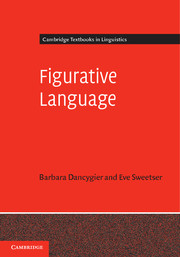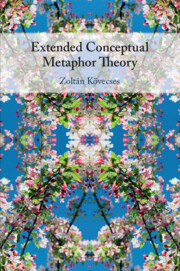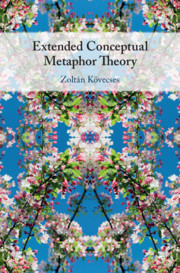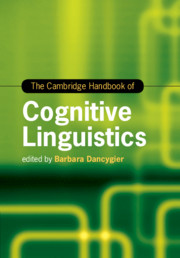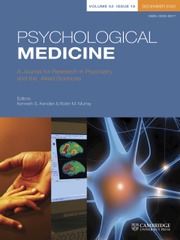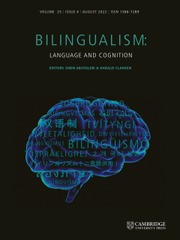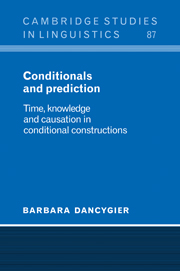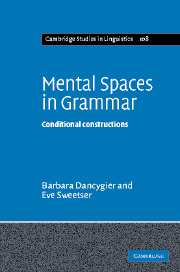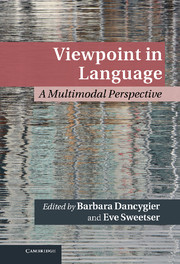Figurative Language
This lively introduction to figurative language explains a broad range of concepts, including metaphor, metonymy, simile, and blending, and develops new tools for analyzing them. It coherently grounds the linguistic understanding of these concepts in basic cognitive mechanisms such as categorization, frames, mental spaces, and viewpoint; and it fits them into a consistent framework which is applied to cross-linguistic data and also to figurative structures in gesture and the visual arts. Comprehensive and practical, the book includes analyses of figurative uses of both word meanings and linguistic constructions.
• Provides definitions of major concepts
• Offers in-depth analyses of examples, exploring multiple levels of complexity
• Surveys figurative structures in different discourse genres
• Helps students to connect figurative usage with the conceptual underpinnings of language
• Goes beyond English to explore cross-linguistic and cross-modal data
- Focuses on the most useful topics for teaching students how figurative language structures the way we see the world
- Complete with useful features for teaching: explanations of core concepts, in-depth analyses of examples, problems for students to work on, suggestions for further reading, and definitions of major concepts
- Offers an in-depth analysis of the links across theoretical concepts, so students can gain an integrated view of the content and will not attempt to treat concepts as isolated entities
Reviews & endorsements
'This book breaks new ground in the cognitive linguistic study of metaphor, simile and metonymy. A must read for anyone interested in figurative language, cognition and discourse.' Elena Semino, Lancaster University
'Figurative Language is a marvelous book that will serve as both a very readable textbook for students and a source of research ideas for even expert figurative language scholars. The presentation of the complex cognitive linguistic literature on this topic is complete, well-organized, and illustrated with wonderful examples from literature, politics, science and religious discourse. I was most impressed by the way Dancygier and Sweetser blend together the diverse aspects of figuration into a more general framework that reveals deeper insights into the relations between language, thought, and culture.' Raymond W. Gibbs, Jr, University of California, Santa Cruz
'… clearly has educational value for students, but the book's powerful explanatory framework also will be of interest to scholars in linguistics, cognition, and literature … thought provoking and insightful.' PsycCRITIQUES
Product details
March 2014Paperback
9780521184731
256 pages
247 × 174 × 15 mm
0.47kg
6 b/w illus. 8 tables
Available
Table of Contents
- 1. Introduction
- 2. The basics of metaphor
- 3. Metaphoric structure: levels and relations
- 4. Mental spaces and blending
- 5. Metonymy
- 6. Grammatical constructions and figurative meaning
- 7. The cross-linguistic study of metaphor
- 8. Figurative language in discourse
- 9. Concluding remarks.

